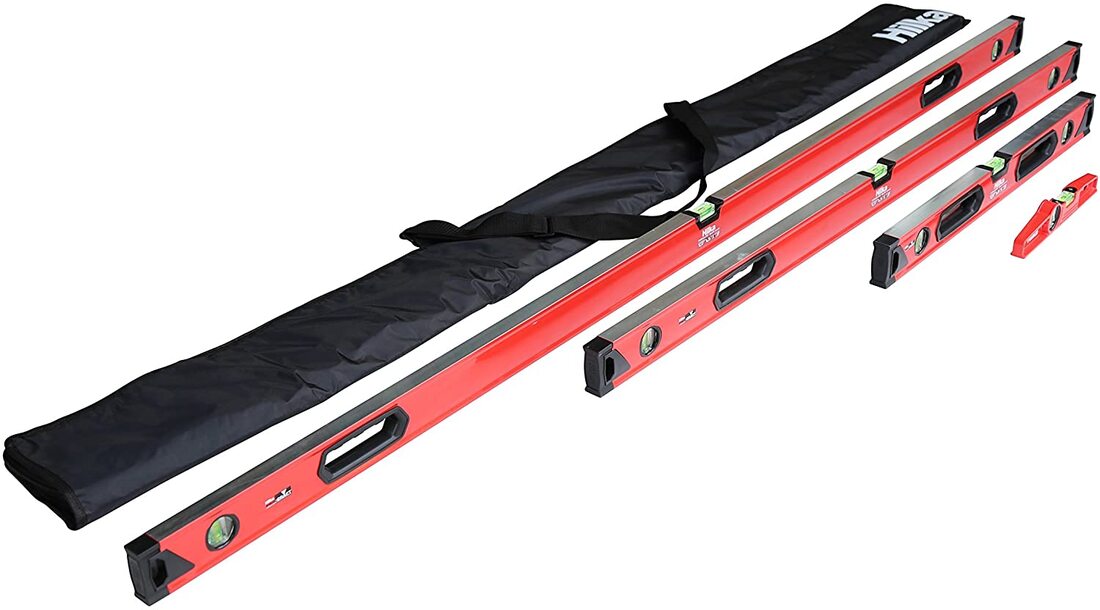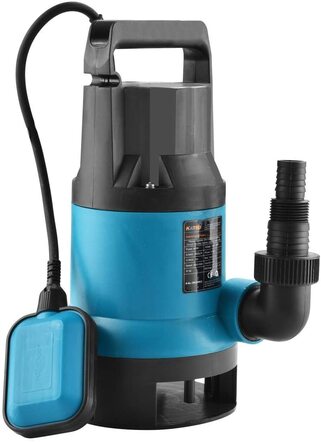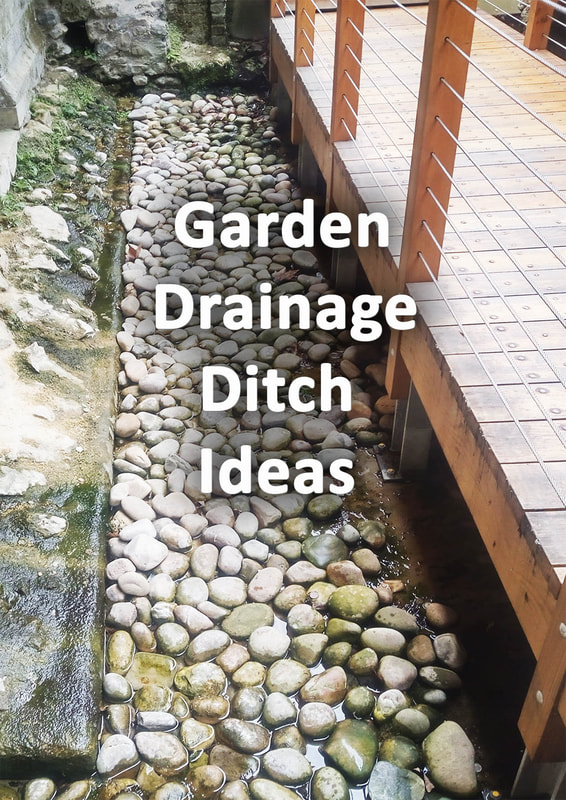|
This article contains affiliate link
Flooding gardens are becoming a much more common occurrence in modern times. Increased urbanisation and extensive hard surfacing have readily replaced green spaces.
This has led to accelerated rates of surface runoff in times of heavy rainfall. To make matters worse sustainable drainage policies do not allow landscape drainage to be piped into drainage networks. Increased numbers of cars have also seen large amounts of front gardens paved over. This has all let to more water concentrated into gardens with less soft landscaping available to absorb it. Consequently flooded gardens are set to increase in the coming years.
The main method of mitigating these circumstances is to install landscape drainage.
The drainage solutions suitable for your garden will depend on your specific circumstances. For diagnosing landscape drainage problems read our article on the subject here. In this article we will list the top 14 tools for garden drainage projects. We will describe the specific uses for each item to give you a clear view of what you need. 14 Tools for garden drainage projects1. Spade
It is no surprise that a fundamental part of drainage projects is digging. Typically the main aim is to channel excess water away from site or to a submerged holding vessel.
Spades are the go, to, tool to excavate out manageable sods of soil for skipping. These can easily be loaded into wheelbarrows and carted away. Spades are also perfect for cutting straight edges to soak away trenches and drainage channels. 2. Shovel
Shovels are the perfect tools for drainage projects. Not only can they be used for excavating loose soil but also for shovelling free draining aggregates.
Shovels can scoop out loose spoil and cut flat bottoms to drainage ditches. Most channels and soak aways will be filled with free draining gravel and shovels are perfect for loading and shifting them. 3. Graft
Grafting spades are long, pole like tools with small spades at the end. Typically used for digging deep, post holes these are great for cutting through tough ground. These become very useful in loosening heavy, compacted ground such as deep, clay substrates.
4. Digging bar
Digging bars like grafts are long and thin for penetrating the ground deeply. Consisting of a long, thin and solid metal shaft these are designed to pierce troublesome ground. These bars have a wedge like blade at the end, perfect for chopping roots and dislodging buried obstacles. 5. Wheelbarrow
Being capable of shifting tons of soil per day make wheelbarrows very necessary for drainage projects. Wheelbarrows can be used to load up gravels and cart them straight to drainage channels. If using wheelbarrows to load skips try to acquire smaller models with low handles. These make it much easier to ramp up and tip into skips. 6. Stanley knife
Stanley knifes are the perfect tool for trimming down perforated pipes and thick filtration membranes. They can also be used to cut neatly into drainage crates and carve smooth, rough cuts to plastic ground pipes. 7. Builder’s scissors
These heavy duty scissors are great for cutting filtration membrane around soak always and perforated pipes. These are also handy to cut gaffer tape while sealing filtration membrane around pipe work. 8. Wire snips
Wire snips are great tools for cutting out sections of tough, plastic, drainage crates and pipes. These are very efficient at cutting out pipe holes to plastic, cage soak-aways.
9. Cement mixer
Very often garden drainage projects will require mixing both concrete and mortar mixes. Wet concrete is used to solidify joins to pipes and plinths to base inspection chambers. Mortar mixes are used to bed down drainage grates, build inspection boxes and haunch around gulley’s. 10. Bricklaying trowel
Bricklaying trowels are perfect for any kind of block or brickwork involved in drainage installations. These trowels are also a staple for laying drainage channels and pointing up around pipe joins. 11. Spirit level
Spirit levels are essential for any kind of brickwork used in drainage to ensure sound and level construction. Levels can be used to lay drainage chambers to falls so water runs to where you want it. Levels are also good at investigating drainage problems and setting out for new remedial installations. 12. Rubber mallet
Rubber mallets look like large hammers but with a robust, rubber head. These allow you to tamp down masonry and drainage chambers onto mortar without damaging them. 13. Angle grinder
Angle grinders can be used to cut down drainage grates and gulley’s for neat joins and corner cuts. They can cut down masonry such as bricks and blocks used in various landscape drainage installations. Grinders can also cut neat ends to old fractured, clay pipes so adapters and joining sections can be fitted. 14. Pumps
When beginning a new drainage project you never know just how much ground water discharge you will encounter. Seeping water can soon fill up drainage excavations making progress challenging and messy. Hence it is always useful to have a powerful pump system to hand. This will enable you to pipe away water quickly so you can focus on completing the project.
Thank you for reading our article on the best tools for garden drainage projects. If you found it useful why not share it via social media? This really shows us we are doing a good job and inspires us to write more useful articles. "Thank you!"
'As an Amazon affiliate I earn from qualifying purchases'
0 Comments
Leave a Reply. |
The Author
|
Landscaping services across Buckinghamshire, Amersham, Aylesbury & High Wycombe
Hyde Heath, Amersham, Buckinghamshire |
|



































